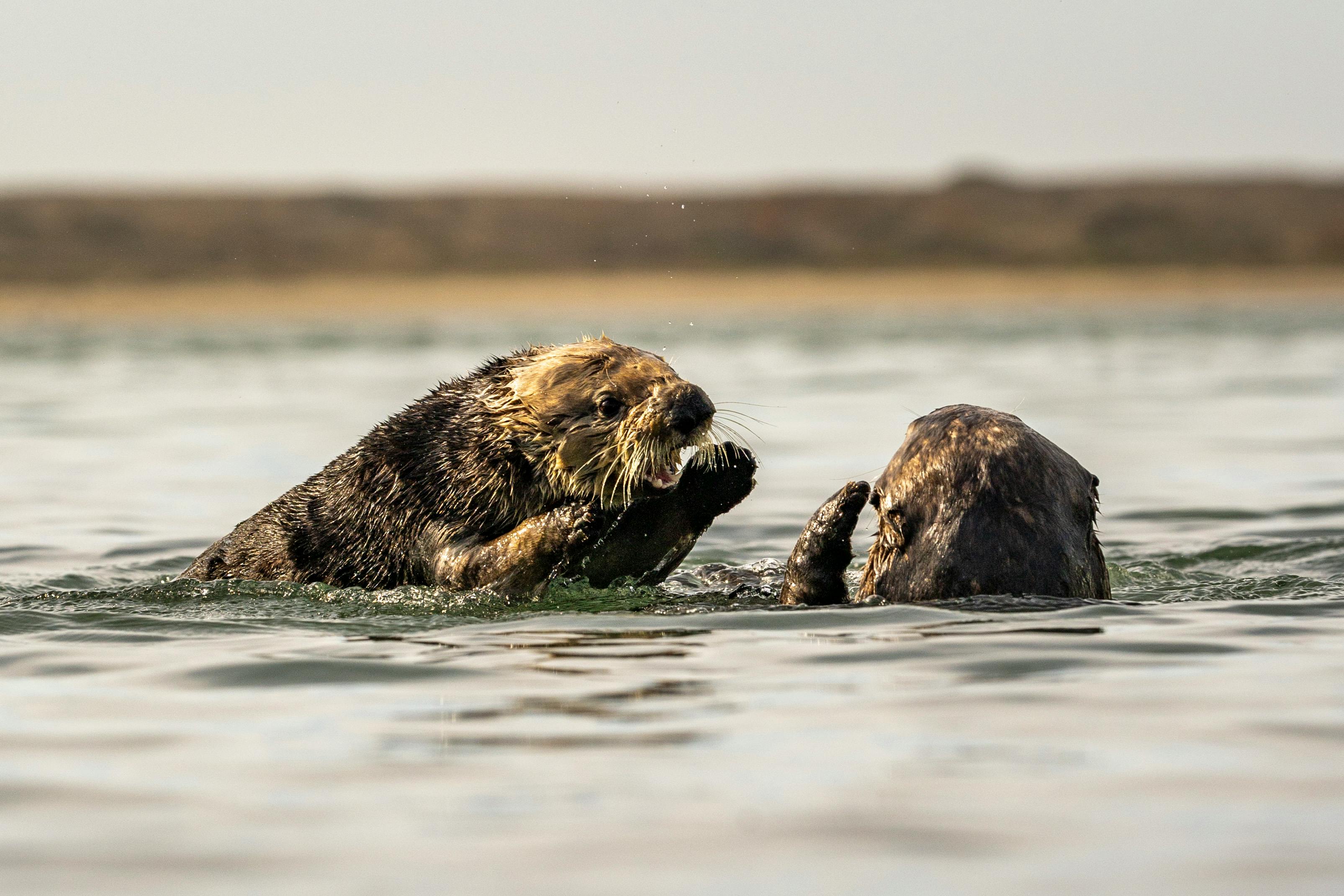Whiskers and Waves: The Fascinating World of Otter Conservation
Playful, intelligent, and undeniably charming, otters have captured the hearts of wildlife enthusiasts worldwide. Yet, these charismatic creatures face numerous challenges in their aquatic habitats. From pollution to habitat loss, otters are grappling with threats that endanger their very existence. This article delves into the captivating realm of otter conservation, exploring the innovative strategies and dedicated efforts aimed at protecting these remarkable animals.

The Plight of Otters: A Global Concern
Otter populations worldwide have been severely impacted by various factors, including habitat destruction, water pollution, and illegal hunting. The loss of wetlands and riverine ecosystems has drastically reduced suitable habitats for these semi-aquatic mammals. Additionally, water pollution from industrial and agricultural runoff has contaminated their food sources and degraded water quality, leading to health issues and reduced reproductive success.
Illegal hunting and poaching pose another significant threat to otter populations. The demand for otter pelts in the fashion industry and the illegal pet trade has led to a sharp decline in some species. The Asian small-clawed otter, for instance, has become increasingly popular as an exotic pet, driving up demand and fueling illegal wildlife trafficking.
Conservation Efforts: A Multi-Faceted Approach
In response to these challenges, conservation organizations and wildlife agencies have implemented various strategies to protect and restore otter populations. These efforts encompass habitat restoration, anti-poaching measures, and public education initiatives.
One of the primary focuses of otter conservation is habitat restoration and protection. This involves creating and maintaining suitable habitats for otters, including clean waterways, ample prey species, and appropriate denning sites. Conservationists work to restore degraded wetlands, remove pollutants from water bodies, and establish protected areas to safeguard critical otter habitats.
Innovative Technologies in Otter Conservation
Advancements in technology have revolutionized otter conservation efforts. Researchers are now employing cutting-edge tools to study and protect these elusive creatures. GPS tracking devices, for instance, allow scientists to monitor otter movements and behavior patterns, providing valuable insights into their habitat preferences and migration routes.
Another innovative approach involves the use of environmental DNA (eDNA) sampling. This technique allows researchers to detect the presence of otters in a given area by analyzing water samples for traces of their genetic material. This non-invasive method has proven particularly useful in surveying hard-to-reach habitats and monitoring population trends.
Community-Based Conservation: Empowering Local Stakeholders
Recognizing the importance of local communities in conservation efforts, many organizations have adopted community-based approaches to otter protection. These initiatives aim to engage and empower local stakeholders, fostering a sense of ownership and responsibility for otter conservation.
One such program is the River Otter Project in the United Kingdom, which involves local volunteers in monitoring and reporting otter sightings. This citizen science approach not only provides valuable data for researchers but also raises awareness about otter conservation among community members.
Education and Outreach: Inspiring the Next Generation
Public education and outreach play a crucial role in otter conservation. Many organizations have developed engaging educational programs to raise awareness about the importance of otters in aquatic ecosystems and the threats they face.
The International Otter Survival Fund, for example, offers educational resources and workshops for schools, encouraging students to become stewards of their local waterways. These programs often include hands-on activities, such as river clean-ups and habitat restoration projects, fostering a connection between young people and their natural environment.
The Road Ahead: Challenges and Opportunities
While significant progress has been made in otter conservation, numerous challenges remain. Climate change poses a growing threat to otter habitats, altering water temperatures and prey availability. Additionally, emerging pollutants, such as microplastics, present new risks to otter health and reproduction.
Despite these challenges, there is reason for optimism. The growing public interest in wildlife conservation and the increasing recognition of the ecological importance of otters provide opportunities for expanded conservation efforts. Collaborative initiatives between governments, NGOs, and local communities offer promising avenues for protecting these charismatic creatures and their habitats.
As we continue to unravel the mysteries of otter ecology and behavior, innovative conservation strategies will undoubtedly emerge. By combining scientific research, community engagement, and public education, we can work towards a future where otters thrive in healthy aquatic ecosystems worldwide. The story of otter conservation serves as a testament to the power of dedicated efforts in preserving our planet’s biodiversity and the charismatic creatures that call it home.





